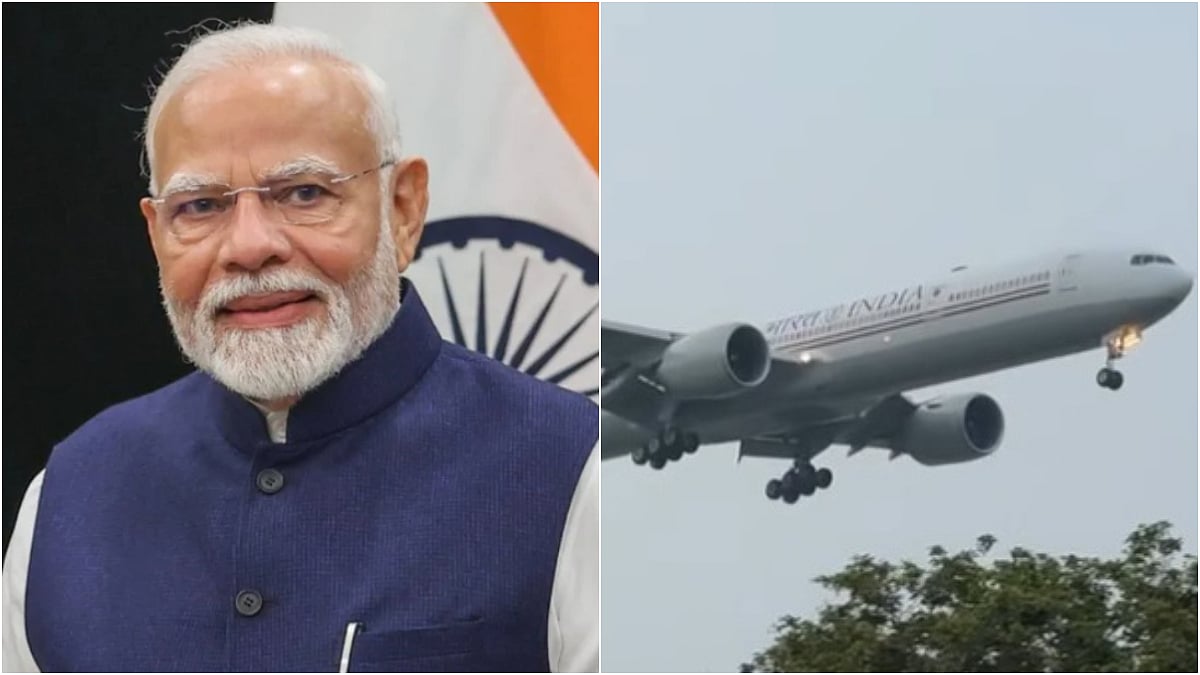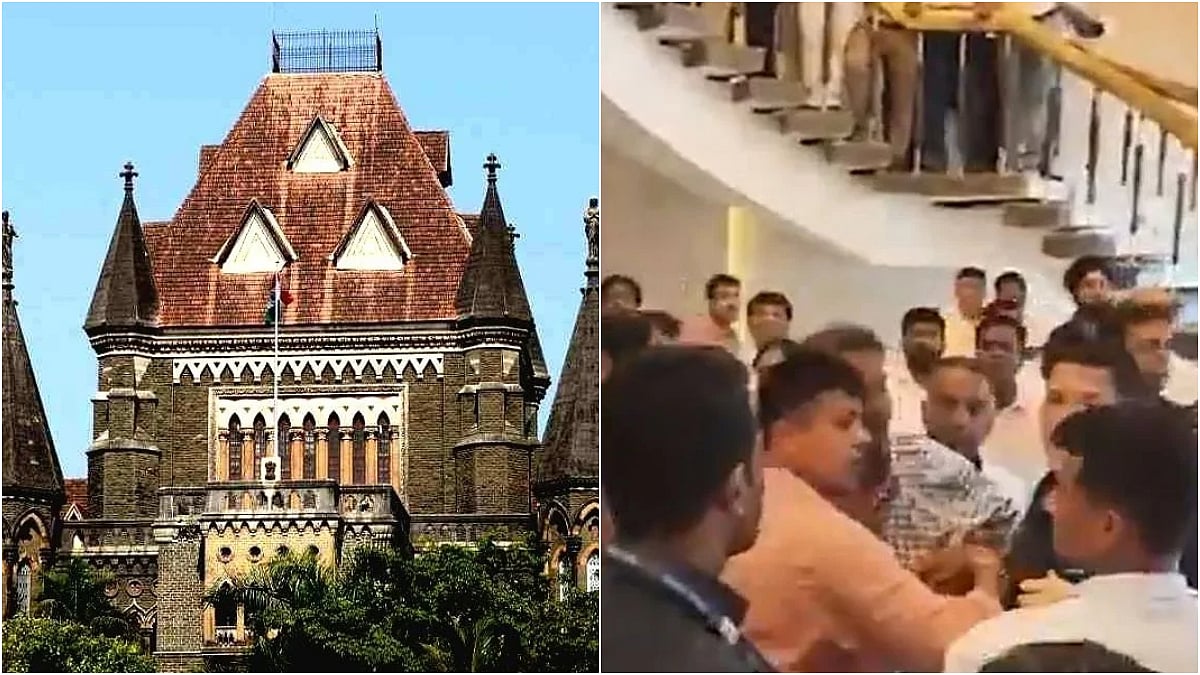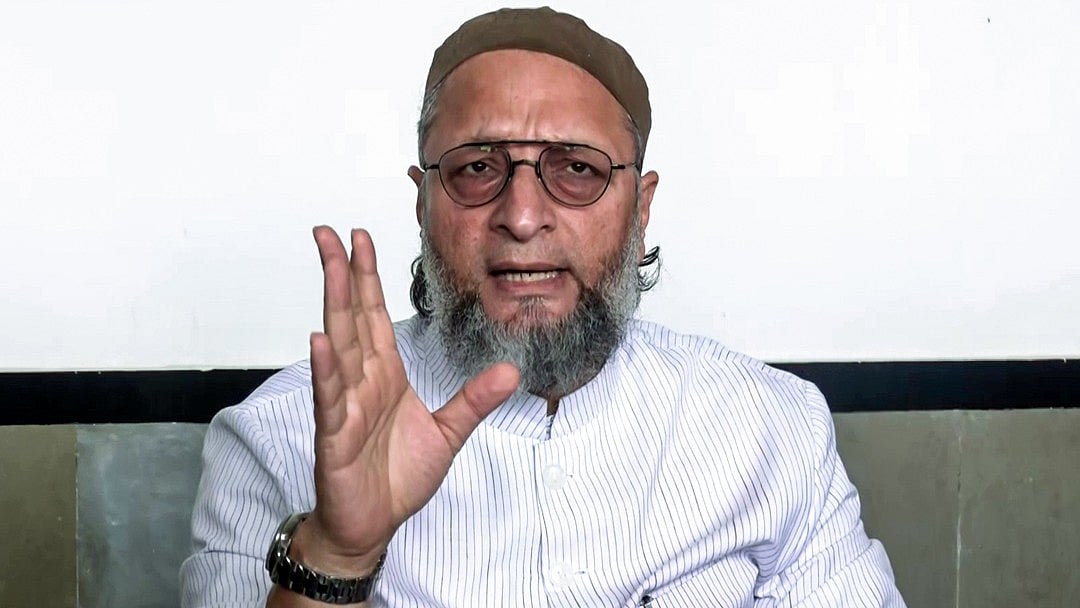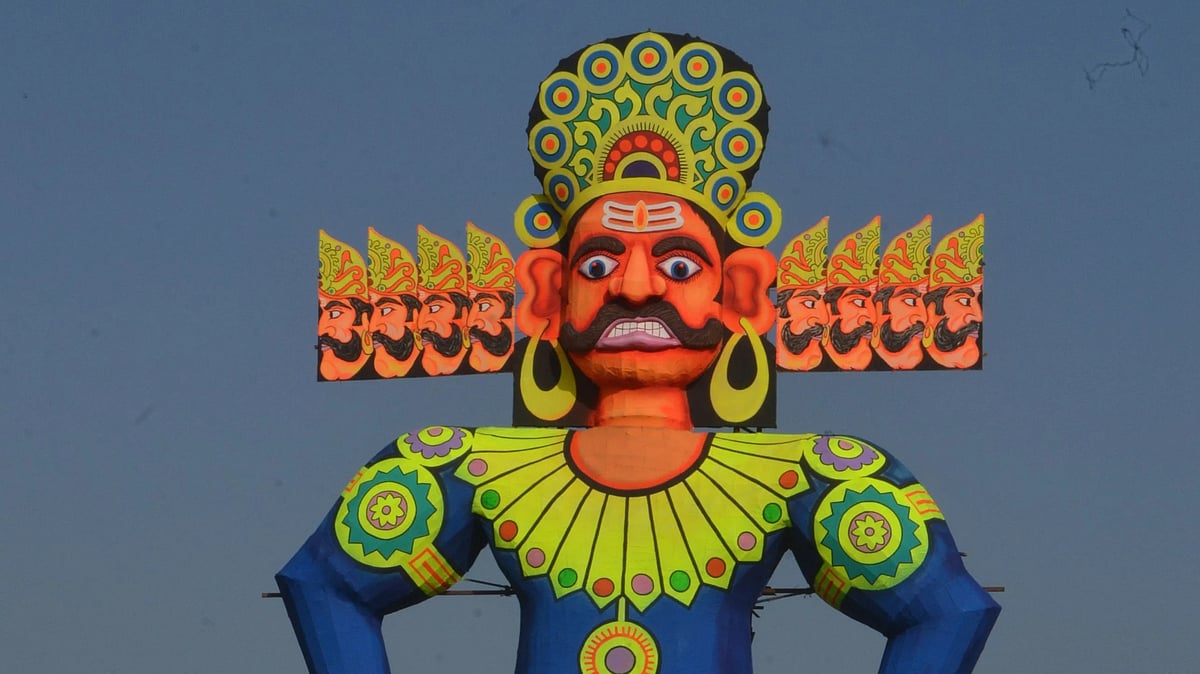The temple economy is as large as the Indian budget is sustaining the country. Its contours across the religious denominations – Hindu, Muslim, and Christians – are much wider than is perceived. It is changing society and its financial parameters.
The NSSO survey estimates that the temple economy is worth Rs 3.02 lakh crores or about $40 billion and 2.32 per cent of the GDP. In reality, it may be larger. It includes everything from flowers, oil, lamps, perfumes, bangles, sindur, images, and puja dresses. The vast majority of informal unprotected labour is its driver.
The 2022-23 Central government revenue is Rs 19,34,706 and mere six temples collected Rs 24000 crores in cash alone. There are 5 lakh temples, 7 lakh mosques, and 35,000 churches in this country. Top officials as devotees give a kick.
Donations for the Ram Temple in Ayodhya collected in 2021 is Rs 5450 crores, almost equal to Rs 5000 crores of the country's defence budget. It surpassed the collection in the first phase. Others are Tirumala Tirupati Rs 3023 crores; Vaishno Devi Rs 2000 crores, Ambaji Rs 4134 crores (Rs 5163 crores in 2019-20), Dwarkadhish Rs 1172 crores, Somnath Rs 1205, and Golden Temple Rs 690 crores. Donations to Kamakhya temple in Guwahati; Krishna Janmabhoomi, Mathura; Banke Bihari Mandir in Vrindavan, Padmanabha mandir, Siddhivinayak mandir, and Kashi Vishwanath mandir have similar large earnings. Gold donations at different temples vary from 130 kg at Tirupati to 380 kg at Shirdi.
The Pew Global Attitude survey shows that more than 25 per cent of Indians reported having become more religious over the past four-five years. Between 2007 and 2015, the share of respondents in India who perceived religion to be very important increased by 11 per cent to 80 per cent now.
The Ram Mandir movement and the court verdict has been a game-changer. It has poured in huge funding into a region that was one of the most backward. It boosted funding for mosques and Islamic shrines too. During the pandemic, the silent real estate boom took place in Ayodhya, Varanasi, Vindhyachal, Mirzapur, and Mathura. Land prices soared in the most backward places. The land premium is unprecedented.
Whether religious activities can sustain such places would be interesting to observe. The enthusiasm is high but would it surpass the next industrial revival?
Domestic religious tourism is surpassing the number of foreign visitors. Over 100 crore domestic visits to new destinations suggest there is churning beyond Delhi-Agra-Jaipur golden triangle. Even 20 per cent of nine crores foreign tourists are visiting Madurai and Mahabalipuram in Tamil Nadu and Tirupati in Andhra.
The NSSO figures suggest that 55 per cent of Hindus undertake religious pilgrimages patronising mid and small-sized hotels after two years of the pandemic slump:
Expenses on religious travel - Rs 2,717 per day/person
Expenses on social travel - Rs 1,068 per day/person
Expenditure on educational travel - Rs 2,286 per day/person.
Total annual expenses on religious travel is estimated at Rs 4.74 lakh crores.
This NSSO data says that Indians do more pilgrimage than business trips and spend more on pilgrimage than traveling for education purposes
The government has chalked out religious circuit tourism. The Ramayana circuit is about the life philosophy of Lord Ram. Along with this, the Char Dham road project has also been prepared. The government has also strengthened the Buddha circuit. Apart from this, Prime Minister Narendra Modi relaunched the Varanasi corridor, Kedarnath, and Badrinath. Not only this, the government is renovating about 50 thousand temples in Jammu and Kashmir. No other prime minister made the visit to religious shrines an event. Indira Gandhi used to visit places and saints but often kept a low profile or in the dead of night away from the public glare.
The dargahs of Chisti, Auliya, Charar-e-Sharif, Jama Masjid of Bhopal, Delhi, and other shrines have a large income in cash and kinds. Similarly, various churches also have decent incomes. The movement for the Ram temple in Ayodhya is stated to have increased the incomes of most Hindu and Muslim shrines. The earnings of the Hindu temples are known to some extent but whether it is the Ajmer Dargah or other Muslim shrines, they are shy of telling the approximate figures.
The income of Ajmer Dargah stated to be around Rs 200 crores is an underestimate. The Dargah is visited by foreign tourists, Pakistanis, Bangladeshis, and Hindus in large numbers. So are many other Muslim shrines. Donations are in cash and kinds as also food grains and other objects pour in everyday. But it is not known to contribute much to charity unlike the Tirumala Tirupati Devasthanam which has hospitals, universities, and other specialised institutions. Ramakrishna Mission and Bharat Sevashram Sangha-like organisations are always at the forefront of relief operations anywhere.
The churches in the North-East, tribal areas, and some others engage in charity. But Caritas India says that their funds are limited and activities are also like that.
The issue here is not those who indulge in charity. Religious funds have emerged as a parallel source of funding for various kinds of activities. Real estate is a major activity. Others include politics, elections, and other transactions.
These enormous “donations” reaching various small and big organisations are used for many activities in places like Haridwar, Vrindavan, Ayodhya, and Ujjain and even nondescript places like Deoband. One particular function is to launder the funds by issuing donation cheques at cuts of 20 to 60 per cent depending as per the exigencies. It ensures that those with illicit or non-tax-paid money is channeled back to the system. Many institutions have a “secular” approach when it comes to dealing with money. Nobody has compunction. It was a favourite route during demonetisation. Not a single note possibly was left out at the bank coffers for this “generous” religiosity.
The holy fund is changing the politics, hospital administration, even university portals, and more. Dishing out degrees is not difficult and that becomes a money-spinner.
During demonetisation, some heads of mutts were in the news for their wide connections and effective delivery. Their services were not limited to India. They could deliver new currency notes with ease even in dollars to Dubai, Canada, England, or other destinations at a premium price. The hawala linkages help.
They are good at balance sheet manipulations for whatever the amount may be for turning black into white. Even scrapped notes were equally exchanged with élan. Yes, these are done to adjust the murky money.
(The writer is a veteran journalist, an observer of the socio-politico economy, and a media academician)










